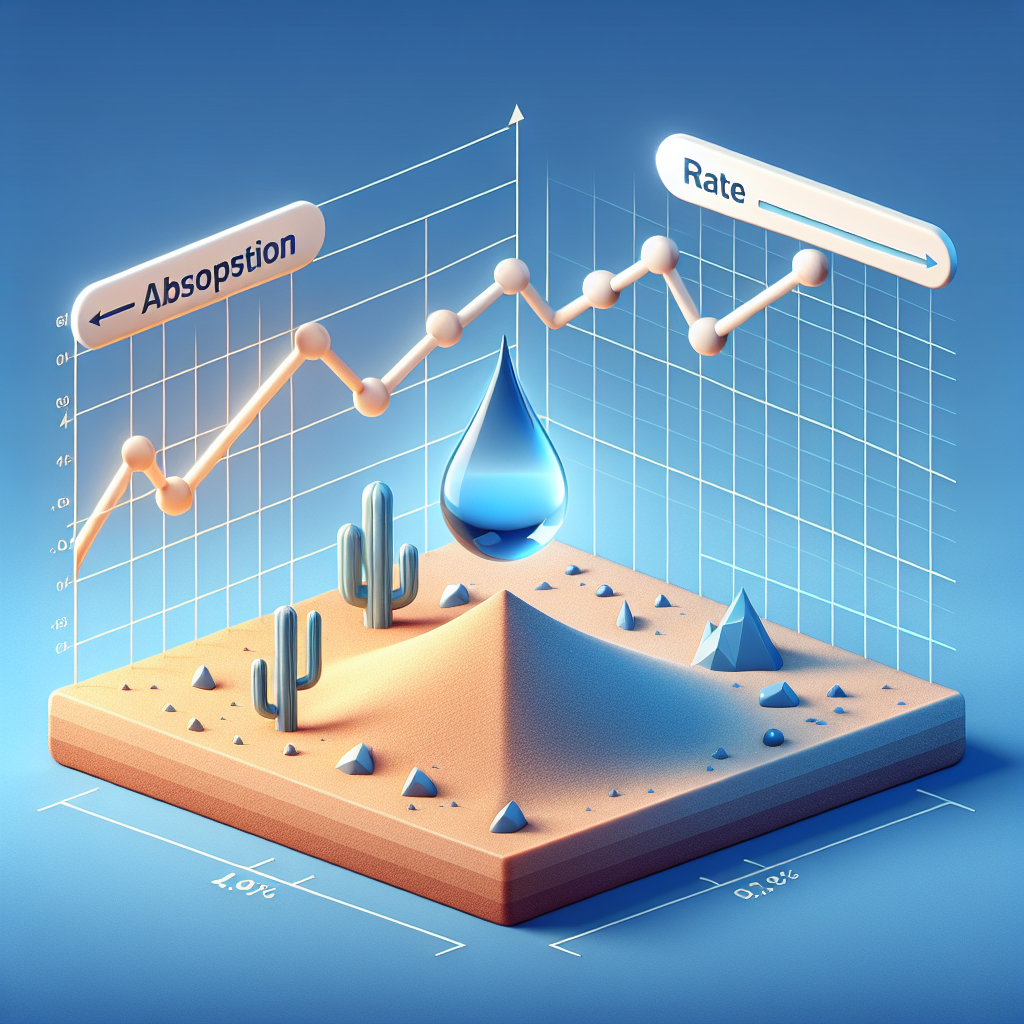Understanding Absorption Rate in Real Estate
When it comes to buying or selling properties, understanding certain key concepts can make a significant difference in your investment decisions. One of these concepts is the “absorption rate.” If you’re looking to better understand how this term affects the real estate market, you’ve come to the right place. In this article, we will break down the absorption rate, its significance, how it’s calculated, and why it matters for buyers and sellers alike.
What is Absorption Rate?
The absorption rate is a measure that indicates how quickly homes are sold in a specific area over a specific period. It helps to determine whether a market is a buyer’s or seller’s market. In simple terms, it answers the question: “How fast are homes selling?”
A high absorption rate means homes are selling quickly, which could suggest a strong demand. Conversely, a low absorption rate indicates that homes are sitting on the market longer, potentially signaling a decrease in demand or an oversupply of properties.
Why is Absorption Rate Important?
Understanding the absorption rate is crucial for a few reasons:
-
Market Analysis: It provides insight into the current state of the real estate market. Real estate agents, buyers, and sellers can gauge how competitive the market is.
-
Pricing Strategy: For sellers, knowing the absorption rate can help in setting a competitive price for their property. If homes are selling rapidly, a seller might ask for a higher price.
-
Investment Decisions: For buyers and investors, knowing the absorption rate can affect their strategy. A slowing market could encourage lower offers, while a fast-paced market might require buyers to act quickly.
How to Calculate Absorption Rate
Understanding how to calculate absorption rate is relatively simple. Here’s the formula:
Absorption Rate = (Number of Homes Sold in a Given Time Period) / (Total Number of Homes for Sale)
Steps to Calculate Absorption Rate
-
Determine the Time Frame: Choose a time frame for your analysis. This could be a month, a quarter, or a year. The one-month period is commonly used in real estate analysis.
-
Count the Homes Sold: Look at the number of homes that were sold during that chosen time frame.
-
Count the Homes Available: Find out how many homes are currently for sale in the same area.
-
Plug the Numbers Into the Formula: Use the formula above to calculate the absorption rate.
Example Calculation
Let’s say in a neighborhood, 10 homes were sold last month, and there are currently 50 homes available for sale.
Using the formula:
- Number of Homes Sold = 10
- Total Number of Homes for Sale = 50
Absorption Rate = 10 / 50 = 0.2 or 20%
This means that 20% of the available homes are being sold each month.
Interpreting Absorption Rates
Once you have calculated the absorption rate, interpreting what that means is essential:
Seller’s Market
In a seller’s market, the absorption rate is typically high (generally above 20%). This indicates strong demand, and sellers may have the upper hand when it comes to negotiating prices. Homes tend to move quickly, and multiple offers may be common.
Buyer’s Market
In a buyer’s market, the absorption rate is low (often below 15%). This suggests that supply exceeds demand, giving buyers more power in negotiations. Sellers may need to lower their prices or offer incentives to attract buyers.
Balanced Market
A balanced market is usually when the absorption rate hovers between 15% to 20%. In this situation, neither buyers nor sellers have a particular advantage. Prices may stabilize, and transactions occur at a steady pace.
Factors Affecting Absorption Rate
Several factors can influence the absorption rate in a real estate market:
-
Seasonality: Housing markets often experience seasonal trends. For example, spring and summer may see higher sales due to favorable weather, while winter might slow down transactions.
-
Local Economy: Job growth, income levels, and unemployment rates can all influence demand. A booming economy often leads to higher absorption rates.
-
Interest Rates: Lower mortgage rates tend to encourage more buyers to enter the market, increasing the absorption rate.
-
Property Type: Different types of properties (single-family homes, condos, luxury homes) may see varying absorption rates. It’s essential to analyze the specific market segments.
Monitoring and Using Absorption Rate
In today’s fast-paced market, staying updated on absorption rates can aid in making informed decisions. If you are a seller, understanding the current absorption rate can help you price your property effectively. For buyers, being aware of the absorption rates will assist you in strategizing your offer.
You can often find regional absorption rate statistics on real estate websites or through local real estate agents. Resources like Stock Pulsar are also great for monitoring market trends.
Conclusion
The absorption rate is a vital tool for anyone involved in real estate, whether you are buying, selling, or investing. By understanding and utilizing this metric, you can make better-informed decisions that align with current market conditions.
Remember, the real estate market is ever-changing, and keeping an eye on absorption rates allows you to adapt your strategies accordingly. Happy real estate hunting!



